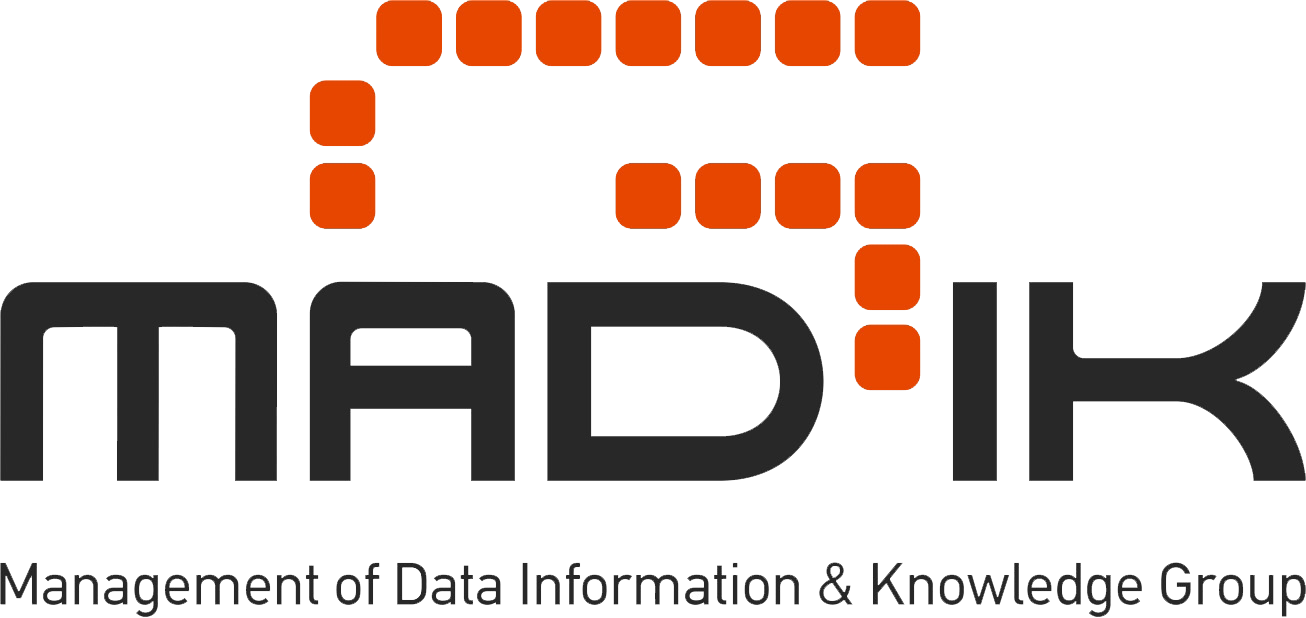SUAAVE (Sensing, Unmanned, Autonomous Aerial VEhicles)
Speaker:Prof. Sally McClean
Date:25/04/2012
University:School of Computing and Information Engineering, Univ. of Ulster, Northern Ireland
Room :A56
Time:4:00pm (coffee: 3:30)
Abstract:
The SUAAVE consortium is an interdisciplinary group of researchers from University College, London, University of Oxford and University of Ulster. The focus is to investigate and elucidate the principles underlying the control of clouds of networked resource-limited unmanned aerial vehicles (UAVs) acting as sensor platforms, that are targeted towards achieving a global objective in an efficient manner. The results of this must be communicated to a ground controller.
Such clouds (or swarms or flocks) of helicopters have a wide variety of applications in both civil and military domains since they are rapidly deployable and highly survivable. The novelty of these mobile sensor systems is that their movement is controlled by fully autonomous tasking algorithms with two important objectives: first, to increase sensing coverage to rapidly identify targets; and, second, to maintain network connectivity to enable real-time communication between UAVs and ground-based crews; a third subsidiary, but essential, objective is to maintain safety of people, property and UAVs at all times. The project has four main scientific themes: (i) wireless networking as applied in a controllable free-space transmission environment; (ii) control theory as applied to aerial vehicles, with the intention of creating truly autonomous agents; (iii) artificial intelligence and optimization theory as applied to a real search problem; (iv) data fusion from multiple, possibly heterogeneous airborne sensors.
A specific focus has been the development of centralized Bayesian Reinforcement Learning (BRL) for Online Agent Collaboration using Value of Perfect Information (VPI) to perform efficient decentralised exploration in both model-based and model-free BRL. Another area of interest is the provision of an autonomous method of Safe Landing Zone (SLZ) detection which can be utilized upon occurrence of a safety critical event. Our approach combines aerial imagery with knowledge in the form of historic training data and Ordnance Survey (OS) map information. Collision avoidance for UAVs is another important safety aspect; we have developed mechanisms to use the onboard radio frequency signal (RFS) strength from the communication modules and an extended Kalman filter (KF) to estimate the UAV position. Also, when a swarm of unmanned aerial vehicles (UAVs) are deployed for cooperative sensing, relays can be used to maintain connectivity, extend work coverage and improve cooperation efficiency.



